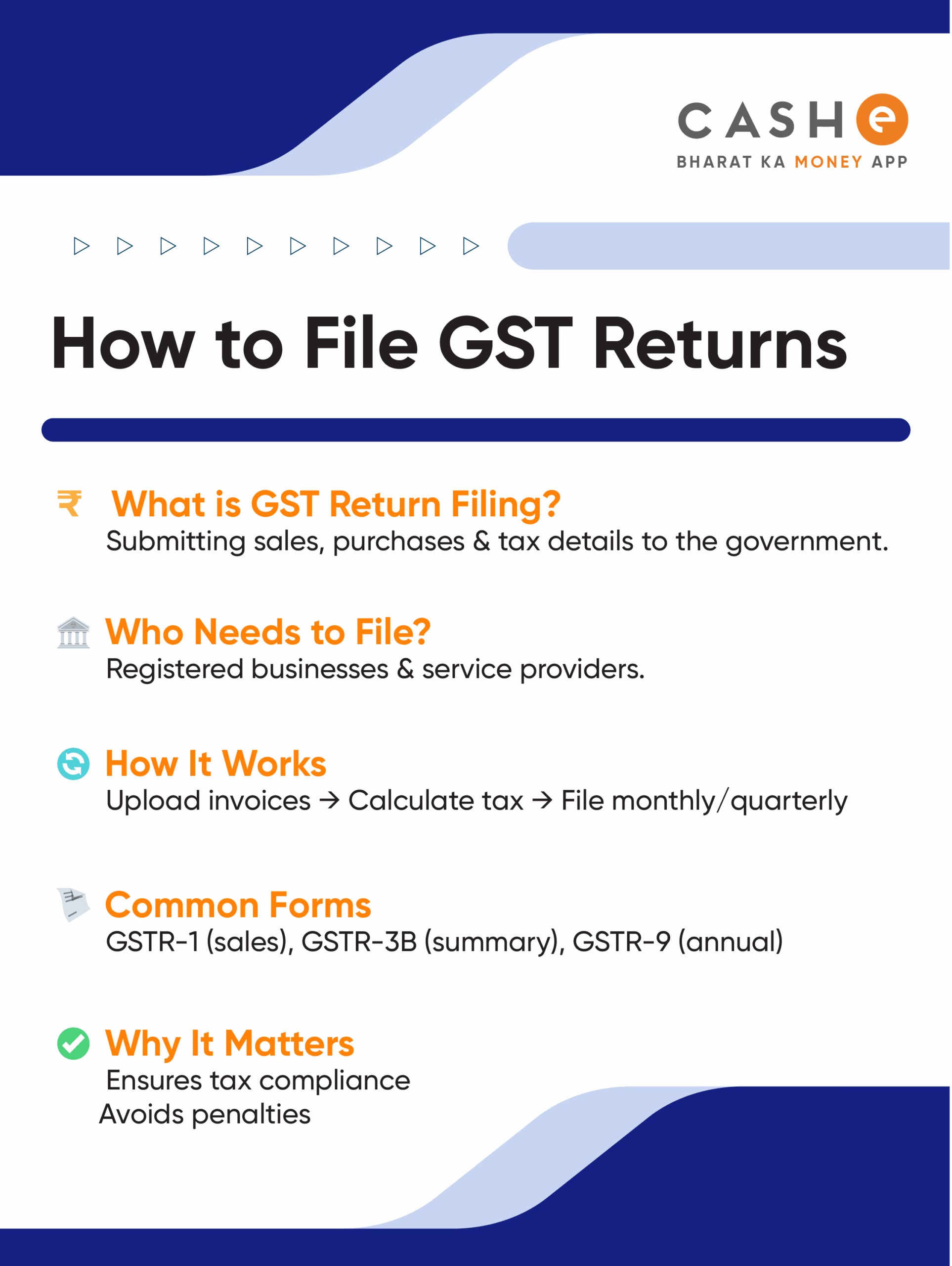Personal loans are of great use, especially when you need them during a financial emergency. However, these personal loans can also affect your monthly budget if the EMI for the loan exceeds your limit. That’s why it is important for you to be aware of ways through which you can reduce the EMIs of your existing personal loan. After all, managing personal finances can be challenging.
So, if you are looking for these strategies to ease the burden and reduce your EMIs without compromising your financial stability, then here is the piece you must read. In this article, we will be understanding major ways, including partial loan repayment, which would help you reduce your EMIs.
Strategies To Reduce EMIs
Opt for Longer Repayment Tenure
Your loan tenure is one of the significant components that define your monthly instalment. The longer the loan term is, the smaller your EMI is. This simply means when you choose longer repayment tenure, you have more time in your hand for your loan settlement. For example – if you are taking out a personal loan of ₹1 lakh and you have two tenure options – 2 years and 5 years, then going for 5 years would be better for you. This way you will have quite a lower EMI which would not take a toll on your monthly budget. So, always opt for repayment tenure that aligns with your financial goals.
Make Part Payments
Part payments, or pre-payments, are a lump sum that you pay during your loan tenure so that the outstanding principal amount can be reduced. When you reduce this principal amount, you lower the interest amount for the remaining tenure of your loan. This, in turn, reduces your monthly instalments (EMIs). You can consider even small amounts for your loan part payments as there is no cap on it. Whenever you have surplus funds, make sure you go for it. This way you would also be able to do an early loan settlement and get financial worries off your shoulders. But before you opt for this, make sure your loan agreement allows pre-payments. Also, be aware of all charges associated with making part payments.
Use Balance Transfer Service
Balance transfer allows you to move your outstanding loan to a different lender. It means when you opt for a balance transfer, your remaining loan amount will be transferred to a new lender and you will be responsible for repaying it to this new lender. People often go for it as when you change your lender, you get a better interest rate, which is often lower than what you were paying before. And when your interest rate is lower, your monthly EMI will reduce. Again, make sure your current lender allows for a balance transfer and there are no charges associated with the transfer.

Pay EMIs On Time
Always pay your EMIs (Equated Monthly Instalments) on time as it would help you keep a good credit score. And when you have a good credit score, you can get better deals from lenders. It is because when you pay your instalment without any delay, lenders see you as a reliable borrower, which can make them more likely to offer you lower interest rates or better loan terms, making your EMIs smaller.
Also Read: Top EMI Mistakes You Must Avoid
Merge Multiple Loans Using Personal Loan
If you have several loans, managing different EMIs can be hard. But if you combine all these loans into one personal loan, then you can simplify a lot of things for yourself. CASHe offers personal loans that you can use to merge your debts into one. This often comes with a lower interest rate and hence, would help you reduce your EMI burden. This way, instead of keeping track of many payments, you only have one EMI to focus on, making your finances easier to manage.
Negotiate with the Lender
You can also resort to this last option – negotiation! Sometimes you can just make things work with a simple conversation and it would yield surprising results for you. So, if nothing of the above options is working out for you, then the best option you have is to approach your current lender and discuss the possibility of reducing your interest rates or extending the loan tenure. Once it is approved by the lender, you would be able to lower your monthly instalment on your personal loan and eventually, balance your finances. Always keep in mind that lenders are always willing to negotiate, especially if you have been a loyal customer with a good repayment history.
Tips For First-Time Borrowers
- Before taking a loan, make sure you understand why you need the loan and how much you require.
- Make sure you maintain a good credit score to get the best deals from lenders.
- Compare interest rates and terms from different lenders to understand what’s best for you.
- Always read the loan agreement carefully so that you are aware of any hidden fees or charges.
- Choose a repayment period that suits your financial situation.
Conclusion
So, these are some of the ways you can choose from for your reduction in EMI. Apart from all these above-mentioned options, you can also go for a loan pre-closure and pay the outstanding amount in full, whenever you have the financial freedom to do so. Consequently, your loan term would be over and you would not be responsible for paying any monthly instalment.
FAQs
1. What are the benefits of reducing EMIs?
There are several benefits of reducing EMIs. It not only lowers your monthly financial burden but also improves your cash flow and allows you to spend money on other important things.
2. Are there any downsides to extending the loan tenure?
Yes, if you extend the loan tenure, then you would need to pay more interest as the loan duration would be increased. Though it would lower your monthly EMIs, the total cost of the loan will become higher.
3. What should I do if my lender doesn’t agree to reduce my EMIs?
If your lender does not agree to reduce your EMIs, you can consider other options like balance transfer service, making part payments or merging multiple loans.
4. How does prepayment affect my loan’s overall cost?
When you make a prepayment, the loan’s pending principal amount would be reduced, which would lower the interest you need to pay over the loan period. Eventually, this cuts down the overall loan cost and can shorten the repayment time.










